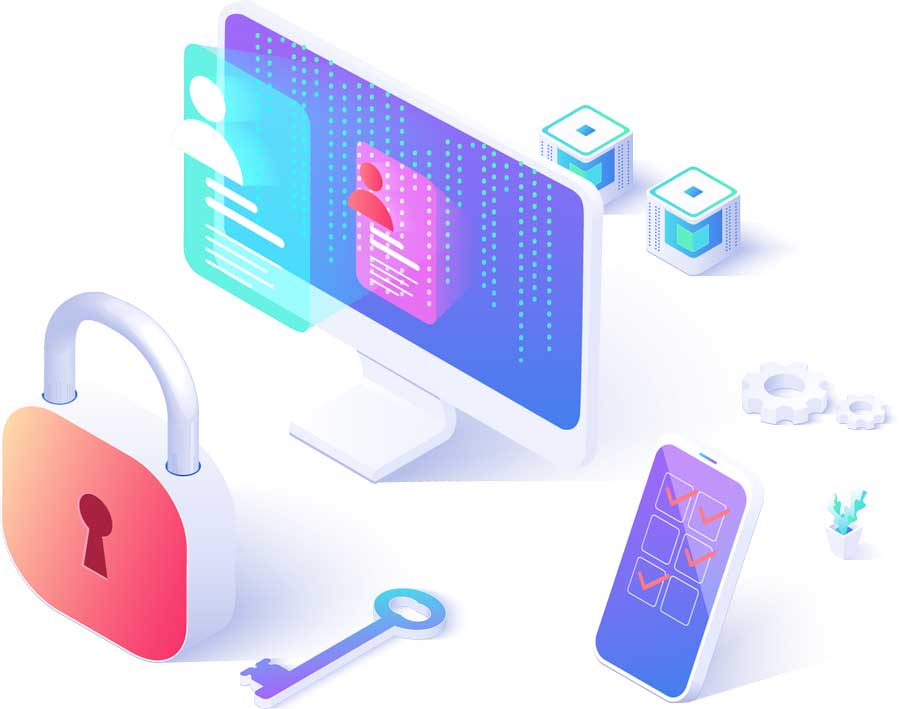
In today’s competitive business landscape, organizations are constantly seeking ways to optimize costs and improve operational efficiency. While direct spend—costs tied to raw materials and production—often takes center stage, indirect spend can quietly erode profitability if not managed effectively. This is where category management for indirect spend comes into play, offering a structured approach to controlling costs and driving value in areas like factory equipment, tooling, office supplies, IT services, travel, and professional services. Effectively managing indirect spend through category strategy can both save money and deliver more overall value to the organization through higher quality indirect goods & services.
Indirect spend refers to the goods and services a company procures to support its operations, rather than for direct use in producing its core products or services. Examples include factory equipment, tooling, utilities, marketing, facility maintenance, and software subscriptions. Unlike direct spend, which is typically tightly controlled due to its direct impact on revenue, indirect spend is often decentralized, fragmented, and harder to track—making it ripe for inefficiencies.
Category management is a strategic process that organizes procurement into distinct categories, allowing businesses to manage suppliers, negotiate contracts, and optimize spending within each group. For indirect spend, this approach brings clarity and discipline to areas that might otherwise be overlooked. Here’s how it works and why it matters:
Centralized Visibility
Indirect spend often involves multiple departments, each with its own budget and suppliers. Category management consolidates these fragmented purchases into defined categories—say, “IT hardware” or “travel services”—giving procurement teams a clear view of total spend. This visibility is the first step toward identifying savings opportunities and eliminating redundancies.
Strategic Supplier Relationships
By grouping purchases into categories, businesses can consolidate their supplier base. Instead of juggling dozens of vendors for office supplies, for instance, a company might negotiate a single contract with a preferred supplier, leveraging volume for better pricing and terms. Stronger supplier relationships also improve service quality and accountability.
Cost Optimization
Category management uncovers hidden savings. For example, analyzing the “professional services” category might reveal overlapping contracts with multiple consulting firms. By streamlining these agreements, a company can reduce costs without sacrificing expertise. Similarly, renegotiating software licenses or bulk-buying utilities can yield significant savings.
Risk Mitigation
Unmanaged indirect spend can expose organizations to risks like supplier failures, compliance issues, or inconsistent quality. Category management introduces standardized processes and performance metrics, ensuring suppliers meet expectations and reducing the likelihood of disruptions.
Getting started requires a deliberate, phased approach. Here’s a practical roadmap:
While the benefits are clear, category management isn’t without hurdles. Resistance from departments accustomed to autonomy can stall progress. Data gaps or poor-quality spend information may complicate analysis. And limited resources might stretch procurement teams thin. Overcoming these requires strong leadership, robust tools, and a culture of collaboration.
Category management transforms indirect spend from a cost sink into a value driver. By bringing structure to what’s often a chaotic spend area, businesses can cut costs, improve supplier performance, and free up resources for strategic priorities. In an era where every dollar counts, mastering indirect spend through category management isn’t just smart—it’s essential.
Having all of your spend contracted within a digital procurement platform like Lasso can streamline the process making it easy to gather your spend data, analyze the trends, and develop a category strategy.
support@lassoprocurement.com
© 2025 Lasso Supply Chain Software LLC
This website uses cookies to ensure you get the best experience on our website.

Get instant access to our report on the Top Procurement Trends of 2025 by filling out the form below.

Get instant access to our report on the Top Procurement Trends of 2025.